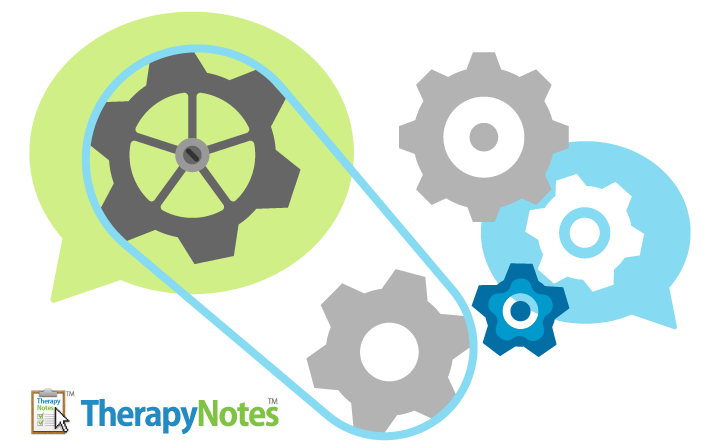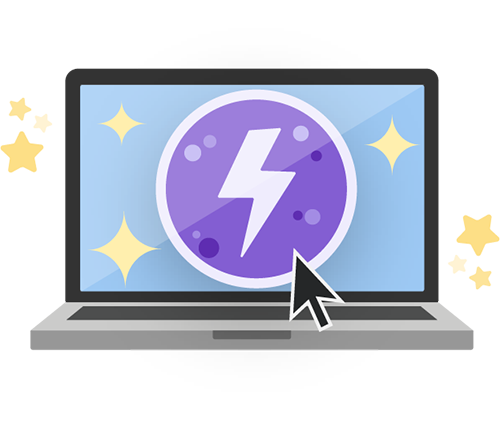Understanding the Interactive Complexity CPT Code 90785
By TherapyNotes, LLC on May 9, 2018


Communication is key in therapy. If you can’t understand or connect with a client, you typically can’t help them. Thankfully, there’s a billing code you can use in these situations, created by the American Medical Association (AMA) in 2013, called the interactive complexity code (90785).
Defining interactive complexity
The interactive complexity code is used when psychiatric services have been complicated by communication difficulties during the visit. This add-on code is meant to reflect increased intensity, not increased time, and must be used in conjunction with primary service codes.
Interactive complexity is often present with clients who:
- Have other individuals legally responsible for their care
- Request others to be involved in their care during the visit, like an interpreter or family member
- Require the involvement of other third parties, such as child welfare agencies or parole officers
Although interactive complexity is common during visits by children and adolescents, it may also apply to adults.
When to use 90785
As stated in the CPT® manual, the 90785 code may be used when at least one of the following factors are present during the visit:
- The need to manage maladaptive communication
- Caregiver emotions or behaviors that interfere with treatment
- Mandated reporting of a sentinel event to a third party (like abuse or neglect to state agency) with initiated discussion of the event and/or a report with the patient and other visit participants
- Use of play equipment, physical devices, interpreters or translators to communicate with a patient who has a language barrier
When NOT to use 90785
The 90785 code can’t be used in conjunction with:
- Psychotherapy for crisis codes (90839-90840)
- Family psychotherapy codes (90846, 90849, 90847)
- E/M (evaluation and management) service where no psychotherapy service is reported
You also generally shouldn't bill the 90785 code solely for the purpose of translation or interpretation services. That's because, according to the Centers for Medicare and Medicaid Services (CMS), federal laws prohibit discrimination, "which in this case would take the form of higher beneficiary payments and copayments for the same service, based on disability or ethnicity." So, use discernment when billing for translation or interpretation services.
How to bill for interactive complexity
When billing for interactive complexity, your billing form needs to include both the primary service code and the interactive complexity code, one after the other. You should use the same date for both codes and explain what the interactive complexity was exactly.
To learn how TherapyNotes™ can help you enter interactive complexity codes, visit our help center and read Add-On Codes.
* The content of this post is intended to serve as general advice and information. It is not to be taken as legal advice and may not account for all rules and regulations in every jurisdiction. For legal advice, please contact an attorney.
Get more content like this, delivered right to your inbox. Subscribe to our newsletter.
More Content You'll Enjoy
The Best Practice Fusion Alternative for Mental Health

Supercharge your Documentation with TherapyFuel!

